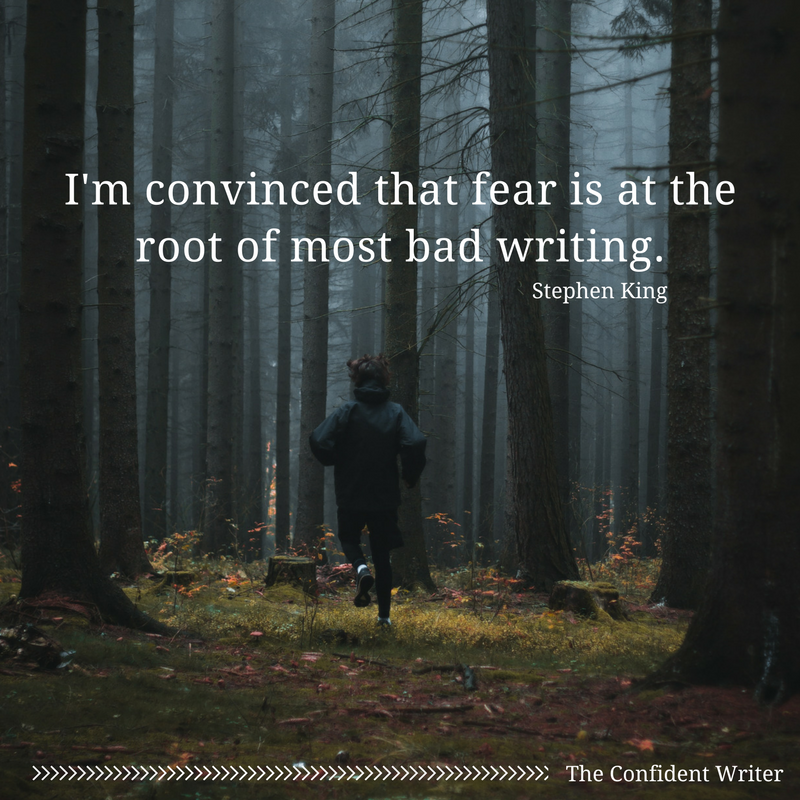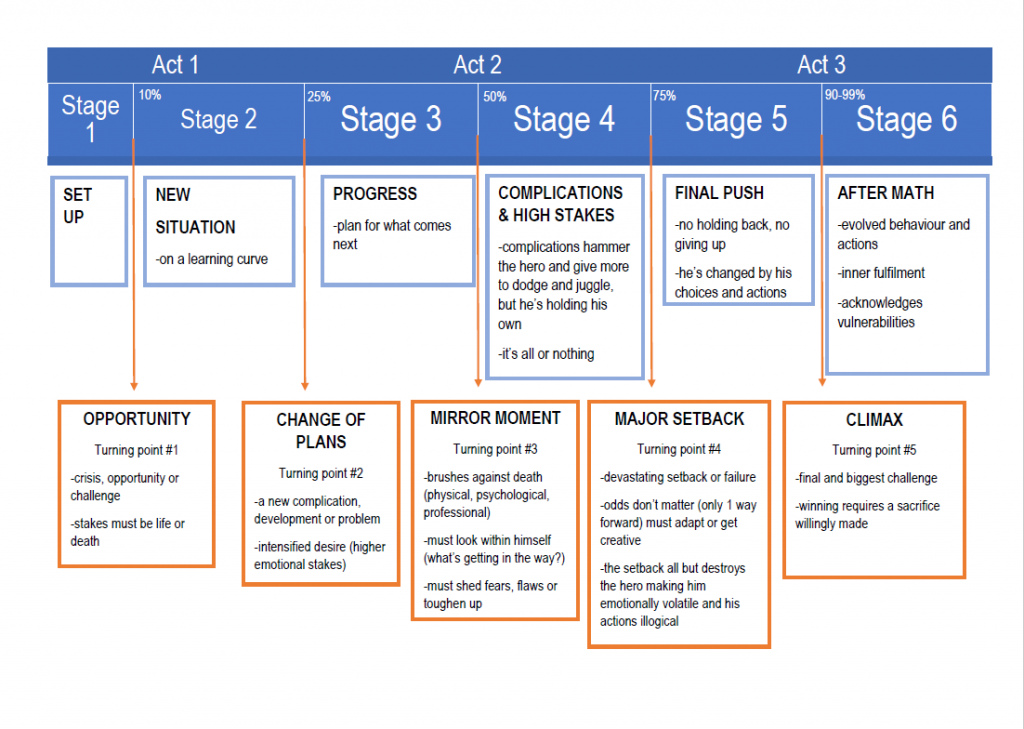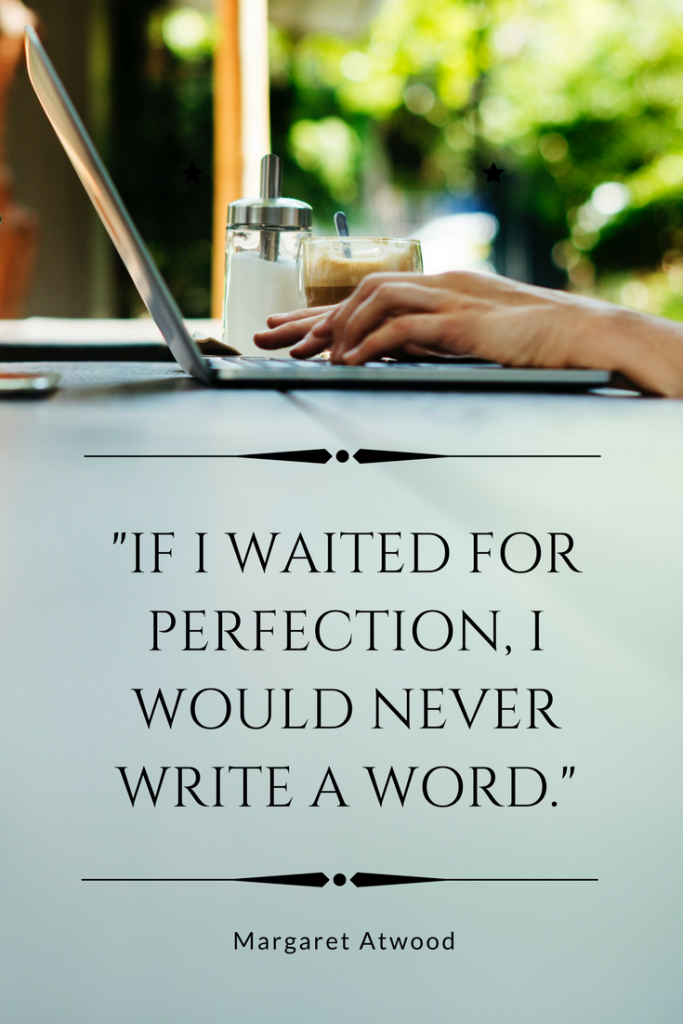
Fast Drafting is a concept I first heard about from author Candace Havens. I have never taken her workshops, but I gleaned the concept from a handful of blog posts and ran with it. Jami Gold summarizes this writing technique: “Fast drafting entails getting the framework of our stories down as fast as possible—without worrying what that draft looks like.” (Read Jami’s post here.)
I have always been a S L O W writer and a dedicated pantser, but I was frustrated with the relentless editing pantsing requires. It was always one step forward two steps back. I was getting nowhere. So, I tried fast drafting. WOW! Totally changed things. In order to fast draft, I needed a skeletal outline and everything has fallen into place for me.
My preference now is to disappear for a weekend and pound out 20,000 – 25,000 words in 2.5 days. So, fast drafting is just that. You don’t stop and edit what you wrote the day before. You don’t stop to create a timeline or do research or check a thesaurus. You just write.
Isn’t this really what NanoWriMo is? Fast drafting? I mean, to make a word count of 50,000 words in a month you have to write 1,667 words a day. Most professional writers are setting themselves 2500 word counts per day, but for a month you can get kind of the idea of what it takes to write full time.
But what if you get stuck?
You’ve committed to doing NaNo, you’ve signed up and joined a camp/tribe for the encouragement and accountability. You started well…
And now you have this dedicated time to sit and stare at a blinking cursor. :/
Four Tips To Overcome Writer’s Block
When I find myself staring at a blank screen, it’s often the result of one of three main problems. I may only be struggling with one or two or all three at any given time.
Fear
What if this sucks? What if no one wants to read it? What if this entire idea is stupid? What if I embarass myself or my family with this? Fear creeps in through a variety of lies, and when the writing gets hard it’s easier to believe the lies and blame writer’s block than admit you’re scared and push through it.

I can only share how I push through this. First, acknowledge that the first draft is just for you. No one else gets to see the first draft. It might be terrible, but it’s a skeleton. It’s not supposed to be pretty or eloquent. A first draft has a purpose and it’s to get the bones of the story down. Second, when it comes to writing (unless you’re outting someone or admitting to a crime, plagiarizing — something of that nature) the only thing you have to fear is fear itself. You’re at the keyboard pounding out the story where dozens of others only SAY they want to write and never have the chutzpah to actually do it. Give yourself credit.
Third, often in my experience, two-thirds of fear is simple perfectionism. Admit that you’re not perfect. Say it out loud in front of a mirror if you have to. Your story will never be perfect either. You do your best and ship, and promise to make the next project better. AND YOU MOVE ON. This doesn’t mean you don’t get beta readers, pay for editors and proof readers and all that jazz, you create the most professional product you can, and you move on.
Lack Of Planning
Yes, this dedicated pantser is admitting that a lack of planning is a problem. Using a visual planner has completely changed my writing! I took the visual planner offered as a free PDF (from Writing Helping Writers) and tweaked it a bit (I incorporated different language here and there, added some teaching from James Scott Bell) and then created a blank version I can print off and write on. As long as I can jot a line in each of these boxes, I can fast draft like a beaver through aspen.

I found that a good part of the time I sit staring at a screen it’s because I don’t know where the story needs to go. This helps that quite a lot.
Procrastination
Ooooh – does this hit home for you too? Writing is hard. It requires that you dig deep into emotions you’d rather not dredge up. It requires going to places the story dictates even if it makes you uncomfortable sometimes. It requires stepping back from the story and being objective about aspects that you really really love and desperately want to keep but need to go. It means showing your work to people and getting feedback — even harsh feedback. It might mean starting over or rewriting portions.

Get Moving
This is pretty big for me. Sometimes I just need to change rooms or locations and that helps jog the creativity. Sometimes just moving for a minute helps. I’ll put on a load of laundry or wash a sink-full of dishes. I also try and do some kind of exercise every day – whether it’s a long walk, weight training — whatever.
So, I hope the tips that help me might help unstick you too! Remember, head down – dive deep!
What helps you get your creativity moving again?
Been told you should learn Deep Point Of View? Had an editor or critique partner tell you to “go deeper” with the emotions in your fiction? Looking for a community of writers seeking to create emotional connections with readers? Check out the Free Resource Hub and then join the Going Deeper With Emotions In Fiction Facebook group.
Comments (4)